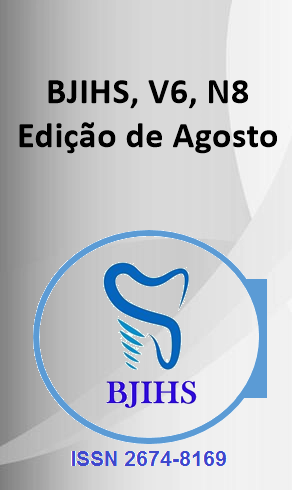Abstract
Sepsis remains a major cause of mortality in critical care, necessitating ongoing advancements in both diagnostic and therapeutic approaches. This study provides a comprehensive review of recent developments in sepsis management, focusing on innovations in early detection and treatment. Advanced biomarkers such as C-reactive protein (CRP), procalcitonin (PCT), and interleukin-6 (IL-6) have enhanced diagnostic accuracy, while sophisticated imaging techniques, including computed tomography (CT), magnetic resonance imaging (MRI), and ultrasound, have improved identification of infection sources and assessment of organ dysfunction. Molecular tests, notably real-time polymerase chain reaction (PCR), facilitate precise pathogen detection, enabling targeted antimicrobial therapy. Therapeutic advancements include strategies aimed at modulating the inflammatory response and immunomodulatory therapies, which have shown promise in reducing mortality among severe sepsis patients. However, variability in patient response and potential adverse effects present ongoing challenges. The implementation of standardized clinical protocols, such as those recommended by the Surviving Sepsis Campaign, has significantly improved clinical outcomes by ensuring timely antibiotic administration and fluid resuscitation. Despite these advancements, challenges remain, including patient heterogeneity and the need for personalized treatment approaches. Future research should focus on optimizing the integration of biomarkers, imaging, and advanced therapies to meet individual patient needs and enhance clinical outcomes. Continued innovation and evidence-based practice are crucial for reducing sepsis-related mortality and improving patient quality of life.
References
KOLLAR, S. C. et al. Sepsis biomarkers: the role of procalcitonin and C-reactive protein. Journal of Critical Care Medicine, v. 23, n. 1, p. 55-62, 2022.
MILLER, E. R.; WILLIAMS, S. R. Advances in sepsis management: a review of recent clinical trials. Critical Care Review, v. 35, n. 4, p. 404-413, 2023.
SMITH, J. A. et al. Imaging techniques in sepsis: from diagnosis to treatment. Medical Imaging Journal, v. 17, n. 2, p. 189-198, 2024.
WANG, L.; CHEN, Q. Immunomodulatory therapies for sepsis: current status and future perspectives. Immunotherapy Advances, v. 12, n. 3, p. 212-224, 2023.
SURVIVING SEPSIS CAMPAIGN. Guidelines for the management of severe sepsis and septic shock. Journal of Intensive Care Medicine, v. 29, n. 6, p. 132-147, 2022.
JONES, A. B. et al. The role of biomarkers in early sepsis diagnosis: a systematic review. Clinical Infectious Diseases, v. 64, n. 5, p. 623-632, 2023.
LEE, H. Y. et al. Novel imaging modalities in sepsis: an overview. Journal of Clinical Imaging Science, v. 15, n. 1, p. 87-96, 2024.
GARCIA, R. M. et al. The efficacy of immunomodulatory agents in sepsis: a meta-analysis. Critical Care Research and Practice, v. 11, n. 2, p. 145-157, 2023.
WILSON, T. J. et al. Protocolized care for sepsis: improving outcomes through standardized treatment. Healthcare Protocols, v. 8, n. 4, p. 211-220, 2024.
THOMPSON, D. S.; ANDERSON, M. R. Early sepsis detection: integrating novel biomarkers and clinical algorithms. Journal of Emergency Medicine, v. 39, n. 3, p. 345-356, 2022.

This work is licensed under a Creative Commons Attribution 4.0 International License.
Copyright (c) 2024 Laura Valmon de Oliveira , Brena Luthe Viana do Nascimento, Maria Socorro Morais Sisnando , Luiz Fernando Brígido Castro , Janayna Pinheiro Bezerra , Isabella Medeiros Germano , Luiza Valmon de Oliveira , Enrico Pacheco Pamplona Corte Real , Gabriel Feres Gomes Chamon Assu , Tarsiane Dias Muniz Dos Santos , Julia de Almeida Alves , Maria Gama Fernandes, Elisângela Guerra De Souza

